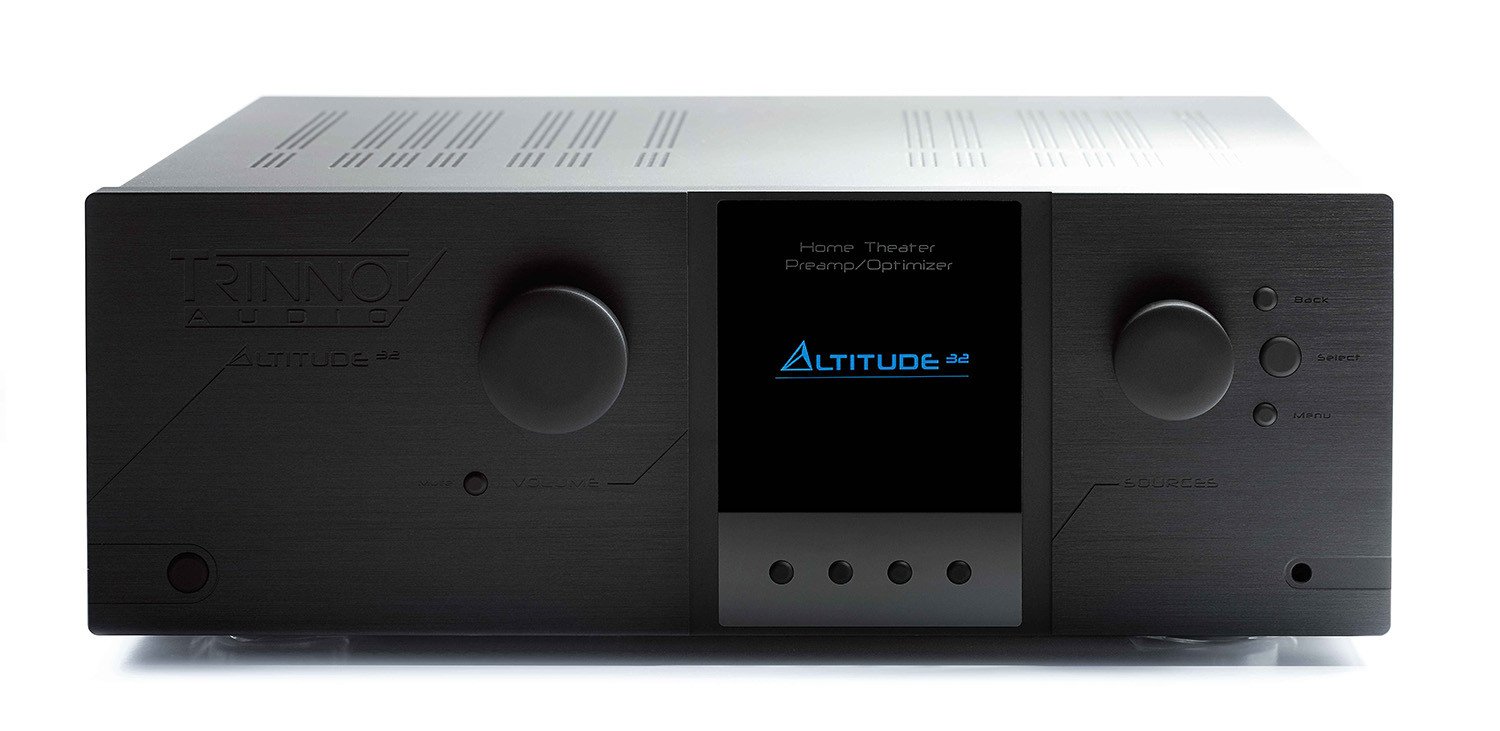Product code: PJS130GRAPROWH
Grandview 16:9 R4 15mm Edge Fixed Frame Screen
77" to 120" Ultra Thin 15mm Aluminium Black Velvet Bezel Edge Fixed 16:9 Cinema Screen
£870.00
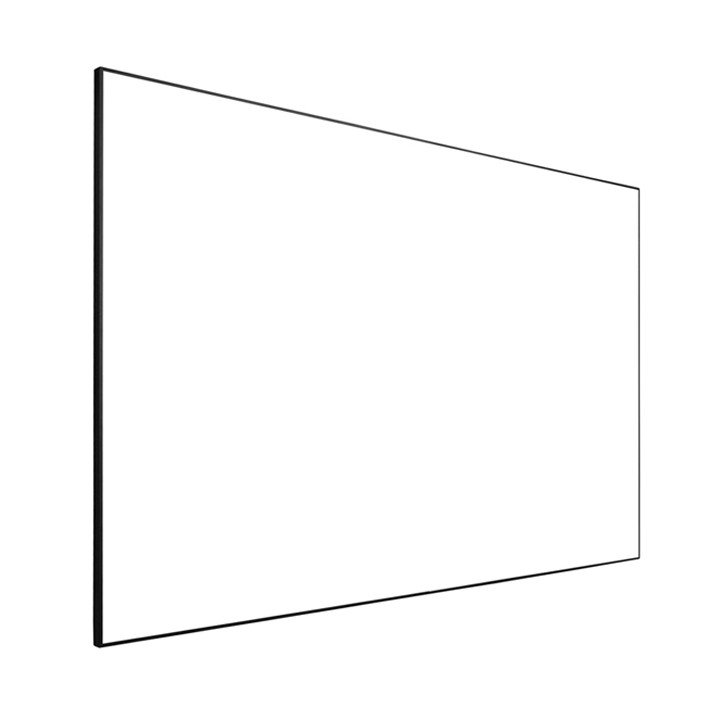
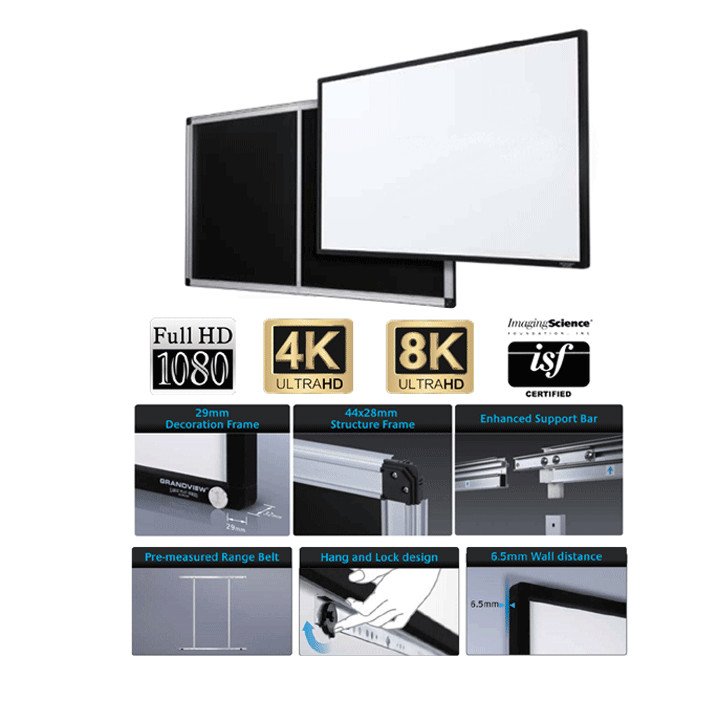
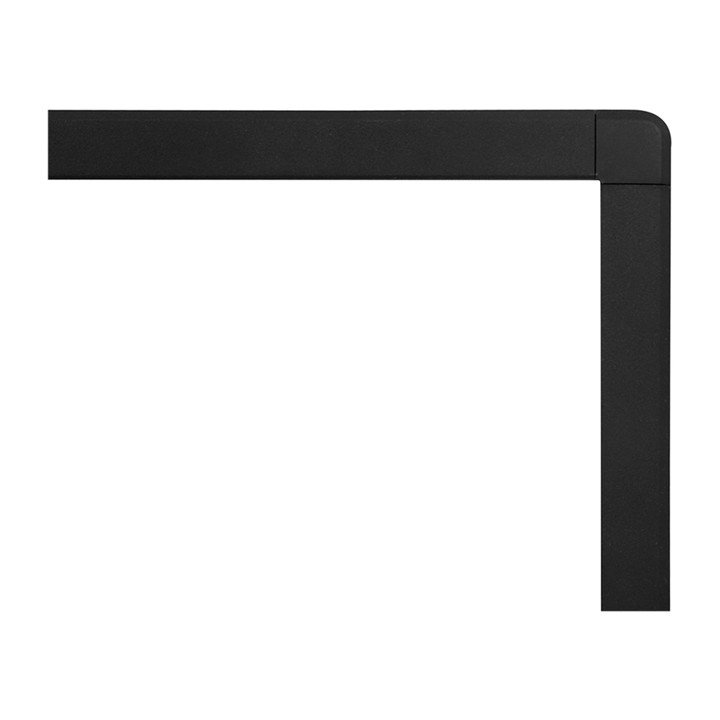

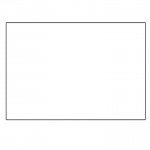



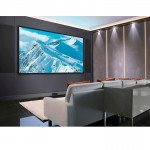
-
Grandview 15mm R4 Edge Series Fixed Frame Home Cinema Screens
The Edge series of fixed frame Projection screens offer the ultimate in 4K and 8K Ultra HD projection surface while also remaining uniformly flat. Ideal for permanent more dedicated cinema rooms, the fixed frame design with 152mm narrow surround gives a true cinematic experience.
High Tensioned Surface
The multiply ultra smooth 4K and 8K vinyl projection screen material is kept under high tension by a unique means found only in Grandview products. Steel bars are inserted into a looped seem that runs round the edge of the material. The bars are then fixed into the aluminium frame, causing the material to be pulled evenly from all four sides.Frame Design
The super rigid narrow frame is only 29mm wide and constructed of extruded aluminium with a black velvet finish that absorbs any stray light from an overlapping picture. The material is mounted to a 2nd larger frame located behind it which also features a central support bar resulting in a super rigid structure. The frame secured to the wall via two long aluminium brackets, the lower bracket allows the installer to lock the screen into place.Material
The most important aspect of any screen is its ability to bounce the correct amount of light back at the audience without altering colour repro duction and contrast ratios. The new Grandview Edge UHD130 Series fixed screens use an ultra smooth material for up to 8K resolutions and keeps picture reproduction as accurate as possible. The material has a low gain rating of 1.3, keeping contrast levels high and offering a wide even viewing angle.Installation of Edge Screen
The pre-made measured belt allows installation to be quick and easy, so that it can be done by one person.Other features and measurements
Just like televisions, projector screens are measured in imperial feet and inches. The screen is measured by the width of the material from left to right. The standard sizes are 6ft, 7ft, 8ft,and 9ft. The viewable area is the white part of the screen which is slightly smaller due to the surrounding black borders. -
Size, Viewable Area
80" / 6ft, 1771 x 996mm
92" / 7ft, 2037 x 1145mm
106" / 8ft, 2346 x 1319mm
120" / 9ft, 2656 x 1494mm29mm aluminium decorative frame with black velvet finish
Seperate main 44 x28mm structure frame with centre support
Easy to hang and lock design with only 6.5mm from screen to wall
Seamed material with stell tensioning bards for ultra flat projection surface
-
Grandview Manufacture Manual, Motorised, Tab Tensioned and Fixed Frame Projector screens.
-
How to Choose a Projector & Screen Size
The first thing you need to decide is how big you want the screen to be? Depending on how much space you have typical sizes are between 96 – 120 inches (measured diagonally). Domestic TV screens may be getting bigger all the time but once you go above 90" TVs they become more expensive and harder to hide. It’s tempting to go large, but its important to see the bottom edge of the screen from every seating position. Don't forget that if its too large you'll have to move your eyes to see the whole of the screen creating a feeling much like sitting in the first row of seats in a cinema, and potentially motion sickness! Choosing the right-sized screen It’s important to make sure your projector will fill the screen from its intended position. You can use the unit’s throw ratio information to discern this. Divide the distance between the projector and screen by the throw ratio and you’ll get the image width. It’s important to note that it’s image width not the diagonal. Image width x Throw ratio = Distance from screen If you have a screen that is 2.6m wide and a projector with a throw ratio of 1.3 you'll need to put the projector 3.38m away from the screen. As well as the size of screen, consider the type. Do you want a fixed model that sits on your wall or a roll-up option that can be hidden away after use? The answer depends on whether the room is a multi-use space. If so, hiding the screen away makes a lot of sense. In a dedicated home cinema room the fixed option is the way to go, because the screen is always ready for viewing and adequately tensioned to ensure a smooth, flat surface for the projector’s image. It also doesn’t need power to operate any motors. While the fashion with TVs dictates that a minimal border is ideal, we advise against carrying that through to projector screens. It’s best to get a fixed screen with a relatively wide frame. The frame should be covered with black light absorbing material, so that any part of the projector image that falls on it isn’t reflected. This means that millimetre perfect alignment of the projector’s image isn’t required and also that your picture is perfectly framed, helping it standout.
Featured Products
-
Featured
Bluesound POWERNODE
The Bluesound POWERNODE is the hifi amp reinvented for the streaming age, combining audiophile-grade componentry and multi-room music capabilities to create an intuitive "just add speakers" hi-res sound system for modern music lovers.
£849.00
-
Featured
Bluesound PULSE FLEX 2i
Portable Wireless Multi-Room Music Streaming Speaker The PULSE FLEX 2i makes portable high-fidelity possible with its innovative driver design and compatibility with today’s leading lossless music streaming services.
£249.00
-
Featured
Bluesound PULSE SOUNDBAR+
Wireless Streaming Sound System The Bluesound PULSE SOUNDBAR+ is the ultimate audiophile-grade soundbar for all your home entertainment needs.
£899.00
-
Featured
300W Portable Bluetooth Party Speaker with LED Light Show & Karaoke
Bring big sound, booming bass and a built-in light show to any party with the Hisense Party Storm — the ultimate portable speaker for home, garden or beach.
£249.00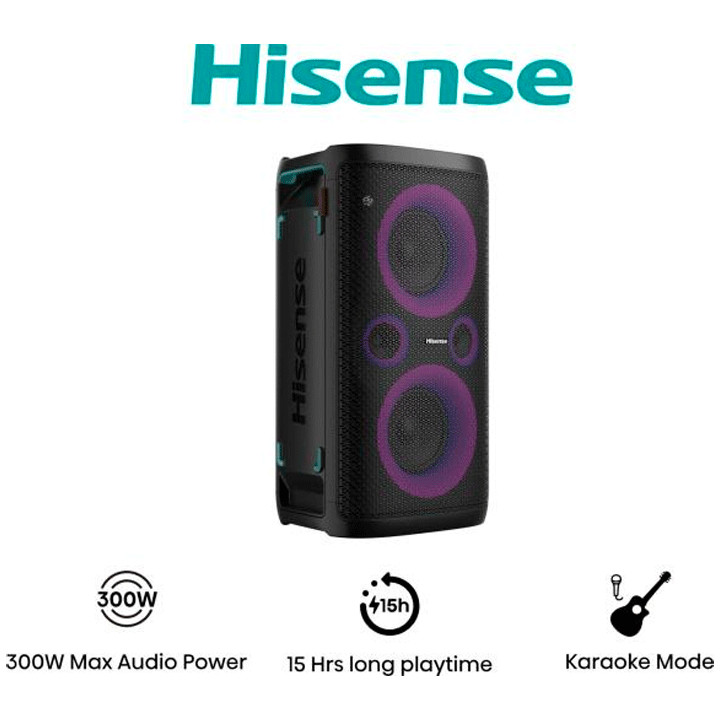
-
Featured
LG OLED evo AI G5 Series - 42", 48", 55", 65", 77", 83" 4K OLED TVs
Experience breath taking visuals with the LG OLED evo AI G5 Series, available in 42", 48", 55", 65", 77", and 83". Advanced AI processing and OLED brilliance ensure perfect clarity and contrast.
£1,989.00
-
Featured
Marantz CINEMA 70 Dolby Atmos and DTS:X AV Receiver only
Slimline 7.2 Channel AV Receiver with 50W, 8K 6 x HDMI, Dolby Atmos, DTS:X & 8K Ultra HD
£639.00
-
Featured
Marantz Grand Horizon Wireless Speaker with 360° Hi-Fi Sound – Available in Midnight Sky, Champagne or Moon Ray
Immerse yourself in a new era of luxury wireless audio with the Marantz Grand Horizon – a statement speaker with wide dispersion, audiophile-grade clarity and premium design.
£5,249.00
-
Featured
Marantz Horizon Hi-Fi Wireless Smart Speaker with Voice Control & Multi-Room Audio
Experience legendary Marantz sound in a compact wireless speaker. The Horizon delivers hi-resolution audio, built-in voice assistants, HEOS multi-room streaming, and elegant design — available in Midnight Sky, Champagne and Lunar White.
£3,249.00
-
Featured
Monitor Audio Bronze 300 7G 5.1 AV System – Immersive Home Cinema Sound
Step into cinematic sound with the Bronze 300 7G 5.1 system — precision-built for dynamic home entertainment with room-filling clarity and power.
£2,450.00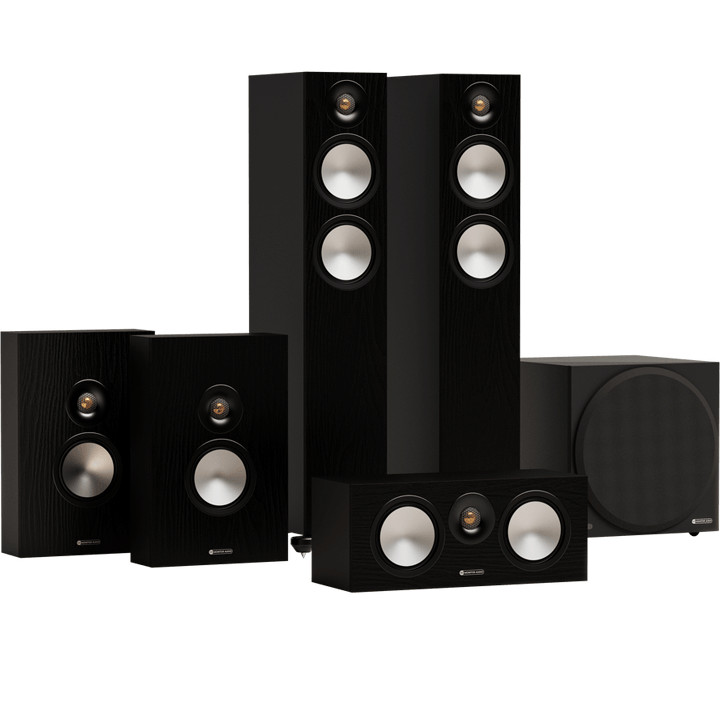
-
Featured
Monitor Audio Bronze 300 7G 7.1.2 Dolby AV System – Immersive Home Cinema Audio
7.1.2 Dolby Atmos AV bundle with Bronze 300 towers, C150 centre, FX surrounds, AMS Atmos speakers and V12 subwoofer – full surround sound, one package.
£3,450.00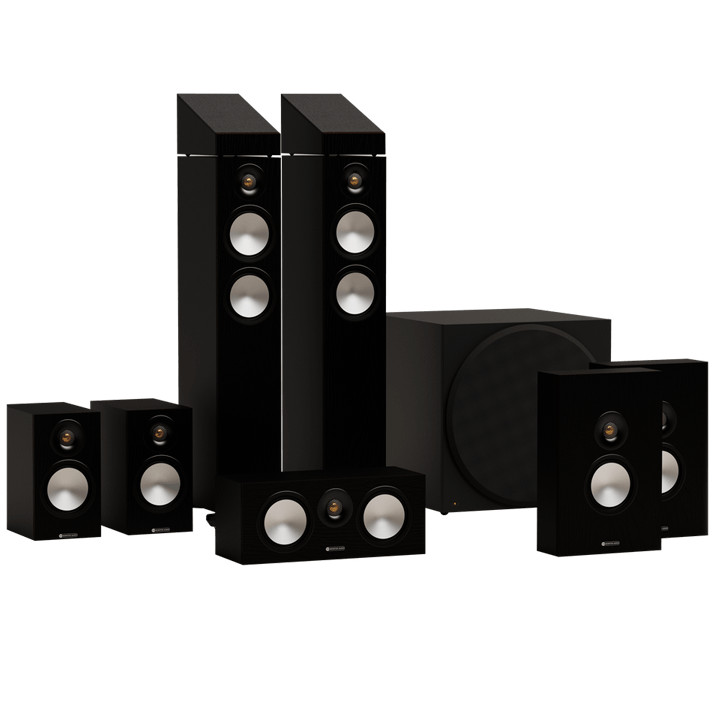
-
Featured
Monitor Audio Bronze 50 7G 5.1 AV System Bundle – Bronze 50, Centre 7G, On‑Wall & Vestra Sub
Experience immersive surround sound with Bronze 50 7G, Centre 7G, On‑Wall surrounds and Vestra subwoofer — compact design, premium performance, perfect for modern home cinemas.
£1,850.00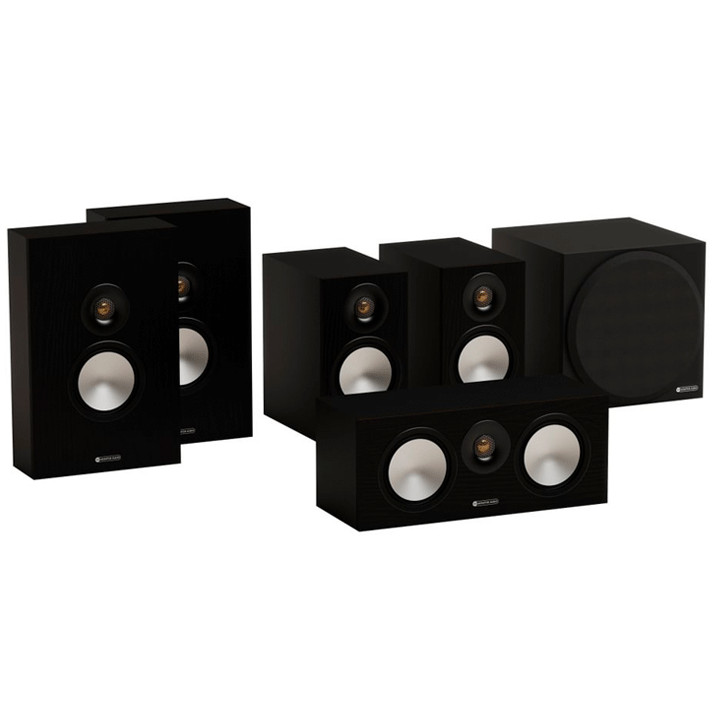
-
Featured
Monitor Audio Silver 300 7G Dolby Atmos Cinema 7.1.2 – Premium Immersive Surround Sound
Experience true home cinema with the Monitor Audio Silver 300 7G Dolby Atmos 7.1.2 system – powerful, elegant, and built for immersive precision.
£5,150.00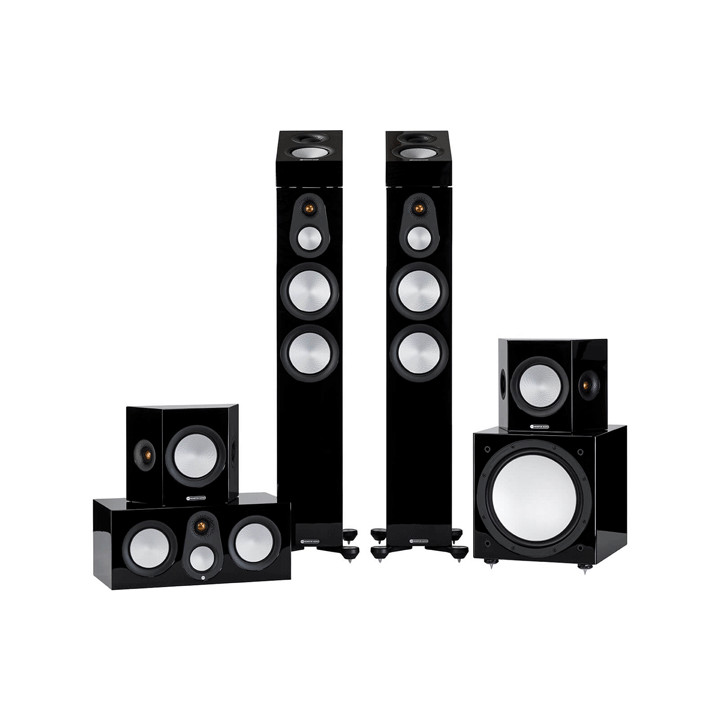
-
Featured
Onkyo TX-RZ70 11.2-Channel THX Certified AV Receiver
Onkyo TX-RZ70 Flagship 11.2-Channel THX Certified AV Receiver with Dirac Live, 8K HDMI and Multiroom
£2,499.00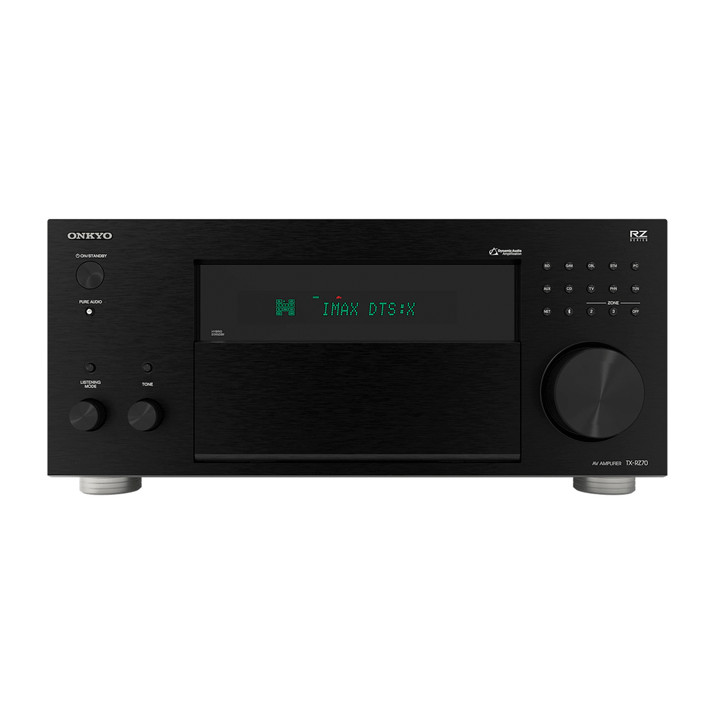
-
Featured
Onkyo TX-RZ50 Premium THX Certified 9.2-Channel AV Receiver
Onkyo TX-RZ50 Premium 9.2-Channel THX Certified AV Receiver with Dirac, 8K, Multiroom and premium streaming.
£1,379.00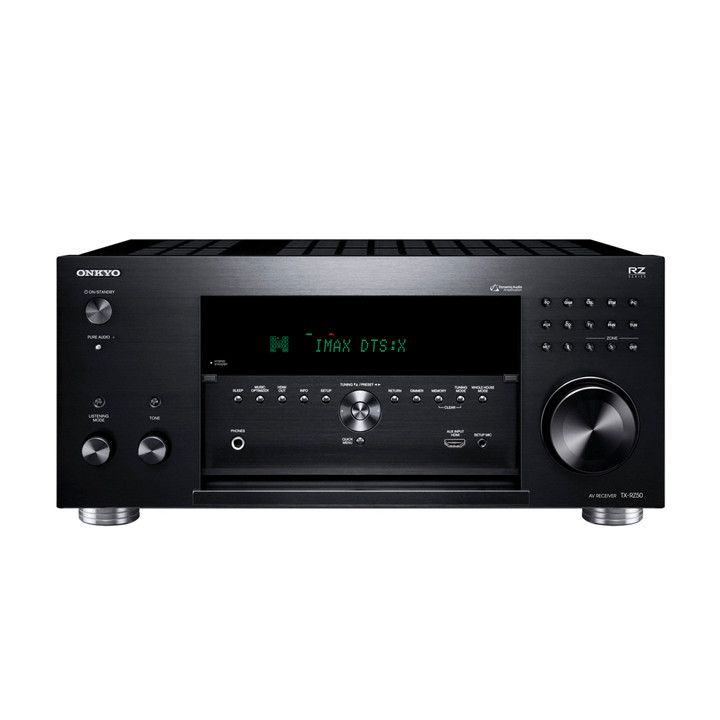
-
Featured
Trinnov Altitude 32 Reference Immersive Audio Processor
The Ultimate Experience in Immersive Audio
£28,600.00